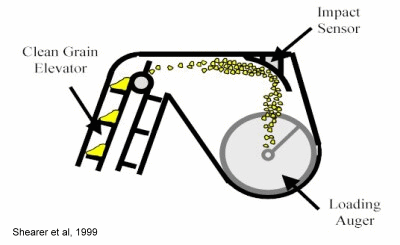
Understand this one simple fact about grain yield monitors: They do not measure grain yield.


Understand this one simple fact about grain yield monitors: They do not measure grain yield.

Periods of severe stress can do all sorts of strange things to crops. One oddity that has been reported by a number of folks this year is often described as “ears outgrowing their husks.”
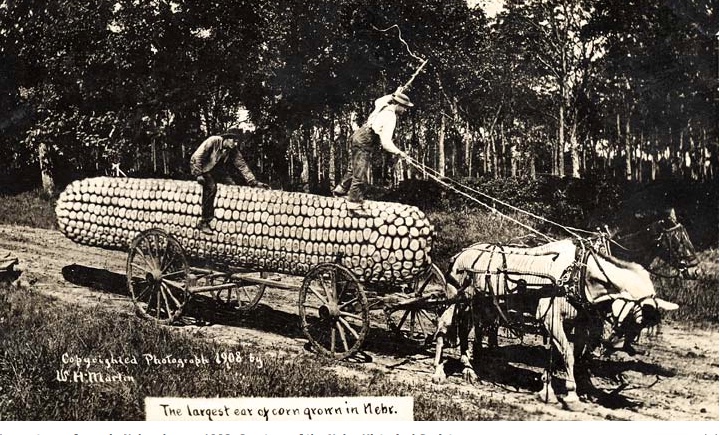
Fancy colored yield maps are fine for verifying grain yields at the end of the harvest season, but bragging rights for the highest corn yields are established earlier than that down at the Main Street Cafe, on the corner of 5th and Earl.
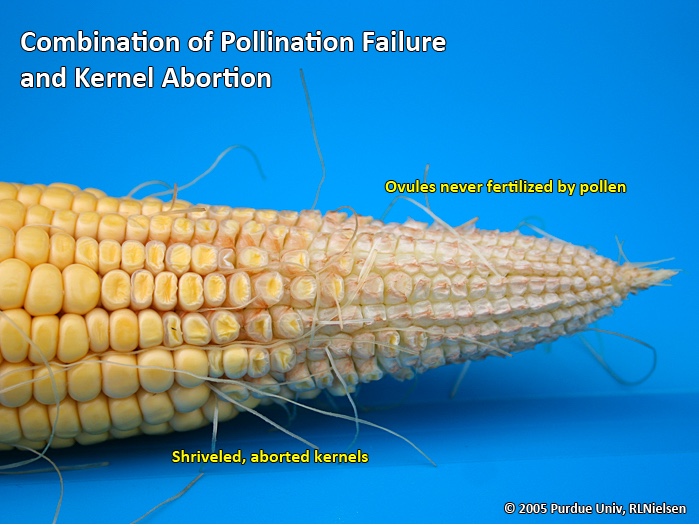
Yield potential in corn is influenced at several stages of growth and development
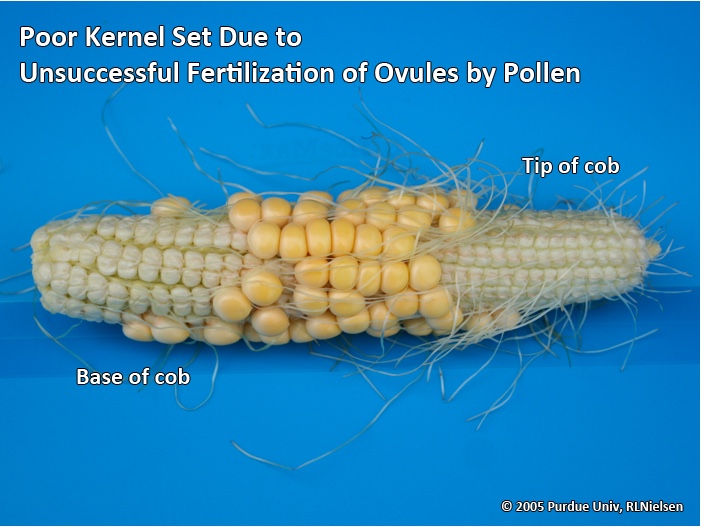
The post-pollination scuttlebutt overheard in coffee shops throughout Indiana during late summer often revolves around the potential for severe stress that might reduce kernel set or kernel size in neighborhood cornfields.
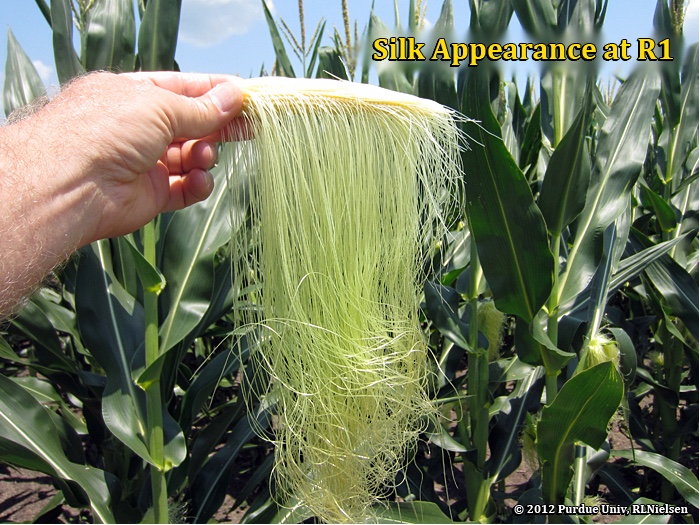
The grain fill period begins with successful pollination and initiation of kernel development, and ends approximately 60 days later when the kernels are physiologically mature. During grain fill, the developing kernels are the primary sink for concurrent photosynthate produced by the corn plant.
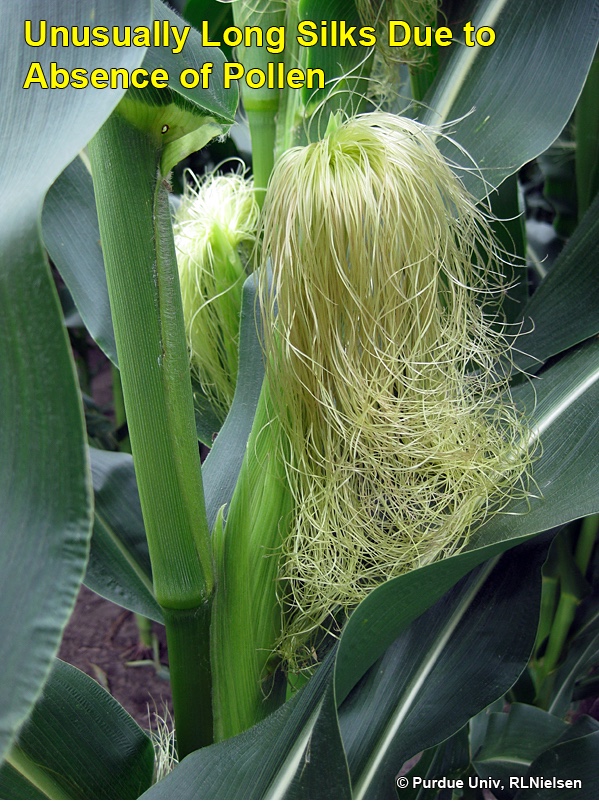
The other day, one of the patrons of Rudy’s Bar and Grill walks in with an ear of corn that exhibited long, flowing locks of blonde silks tumbling down the sides of the husk leaves and asked two questions: “Why are the silks so long?” and “Do such long silks bode ill for the success of corn pollination?”
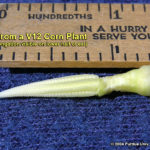
– Corn produces individual male and female flowers on the same plant.
– The ear represents the female flower of the corn plant.
– Severe soil moisture deficits can delay silk emergence and disrupt the synchrony of pollen shed and silk availability, resulting in poor kernel set.
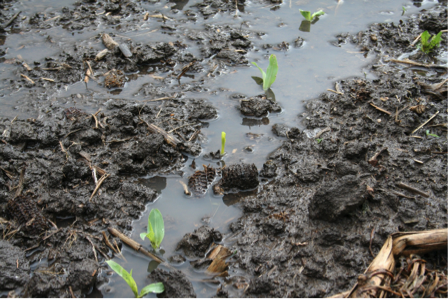
Excessive rainfall and flooding often result in the loss of applied and soil-derived nitrogen (N).

Depending on the year, Indiana’s corn crop typically enters the critical flowering stages of pollen shed and silk emergence sometime between late June to late July.
© 2025 Purdue University | An equal access/equal opportunity university | Copyright Complaints | Maintained by Pest&Crop newsletter
If you have trouble accessing this page because of a disability, please contact Pest&Crop newsletter at luck@purdue.edu.